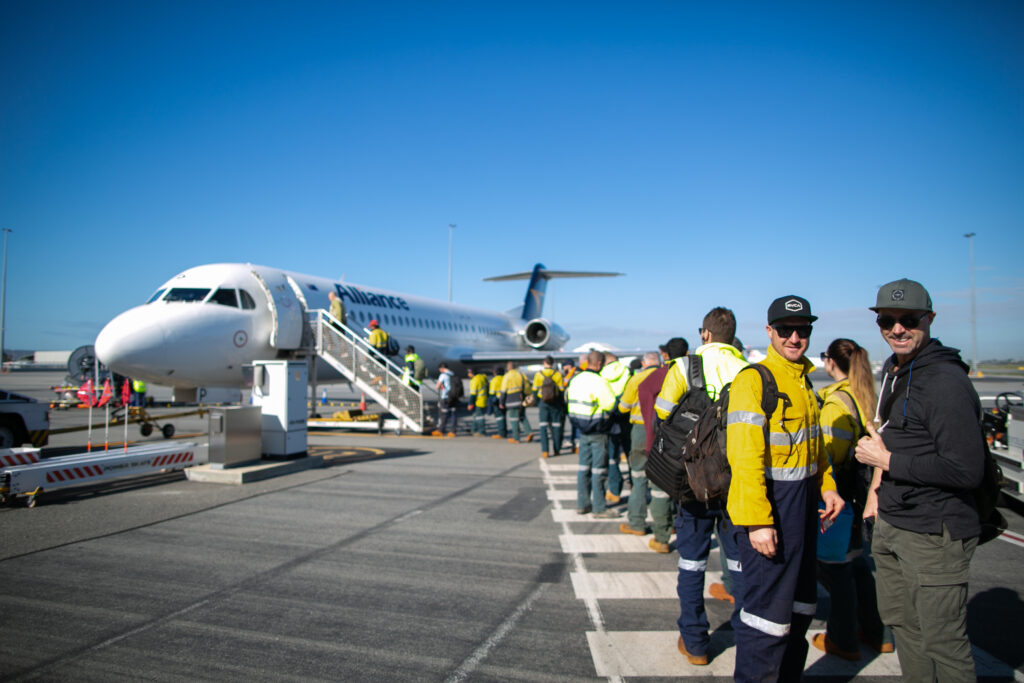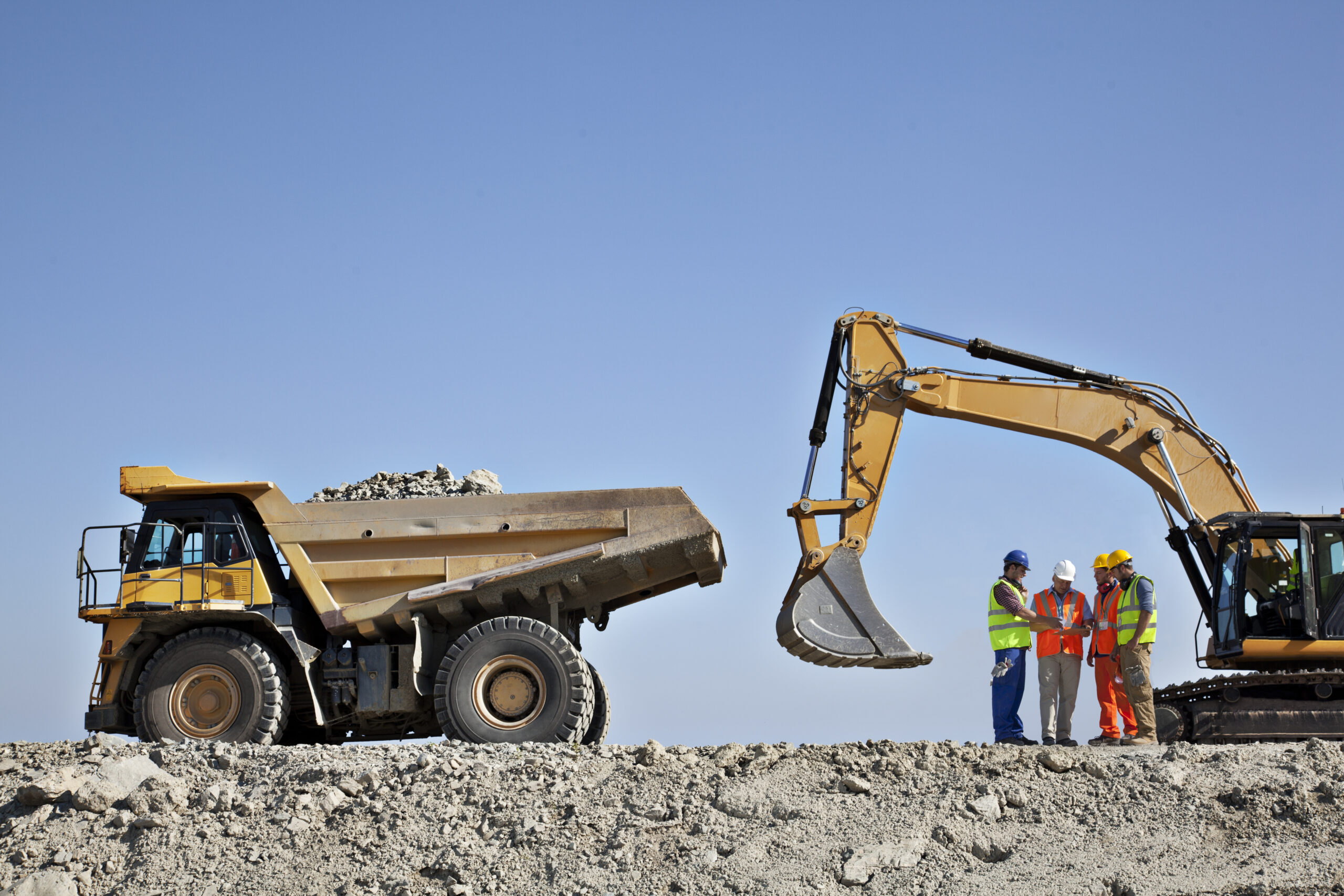What is a good safety culture?
Work culture is often described as “the way we do things around here”. Poor safety culture is evident if you hear things from the supervisors like, “Just get it done” or “I don’t care how you do it – pull rabbits out of hats if you have to”. This pressure, whether real or perceived, forces workers and their supervisors to get things done at any cost – even at the cost of people’s safety, and ultimately of people’s lives.
Example: Two refrigeration electrical apprentices are told to lug a 280kg air conditioning unit up three flights of stairs because the company won’t organise a crane to do it; because in their cost-saving logic, apprentices cost far less than a 50-tonne crane! When the apprentices challenge this they are just told to get it done or lose their jobs.
In a safe and communicative workplace, the apprentices should be able to report safety issues to their supervisors or to their Health and Safety Representative (HSR) without fear of losing their jobs. Sadly, however, even though Australian workplaces have progressed in raising safety standards as regards ensuring a safe workplace for their workers and contractors, situations like this are all too real and still occur today. The client, who has engaged these third-party “cowboy” contractors, can find themselves compromised and even liable if they do not take steps to ensure the safe working culture of their contractors.
So, who is legally responsible if one of the apprentices suffers permanent back injury? And how do you get contractors on board with your safety culture to protect workers like this?
Work Health and Safety Act (Commonwealth) 2011
Under the Work Health and Safety Act (Commonwealth) 2011, all businesses are required to manage and ensure the health and safety of workers. This includes contractors working on their sites.
This Act also requires contractors deliver their services and products while ensuring they meet the work health and safety measures.
In a safe workplace workers need to understand their safety culture, and will have to aim to:
- Take ownership for their own safety and their workmate’s safety
- Think about the task they are doing before they undertake the work
- Look for hazards, assess and manage the risks when they are able to do so
- Notify their managers if hazards remain that they cannot manage
How to ensure your contractors are part of your safety culture
Health and safety duty holders, including a person conducting a business, (as defined by the WHS 2011 Act), must:
- Appoint people responsible for managing contractor activities
- Demonstrate an effective work health and safety (WHS) management system
- Identify processes to deal with safety issues during the contract
- Consider safety in planning and developing projects
- Consult with the client and their workers about WHS risks and risk management
- Comply with contract specific WHS requirements
- Understand failure to achieve WHS standards can result in ending the contracted services.
Contractor requirements
The contract management requirements for a contractor activity will vary depending on the activity but as a quick checklist all managers of contractor activities must:
- Develop and provide a copy of the Contractor Safety Management Procedures to all contractors working on the premises
- Ensure staff who monitor contractor performance have a sound understanding of WHS
- Have contractor Health and Safety Representatives (HSRs) acknowledged and included in all WHS issues and decision making
- Include WHS requirements in procurement documents, including the requirement for contractors to prove an effective WHS management system
- Work with workplace managers, HSRs and safety contact officers to ensure they get information about the work they will be doing, the safety issues and WHS requirements
- Deliver Safety Meetings, Safety Inductions and WHS Training sufficiently to ensure the Safety Management Procedures are communicated to all contracting personnel
- Evaluate the WHS standards as part of any tender evaluation process or procurement process
- Demonstrate a commitment to WHS when applying contract arrangements
- Establish monitoring systems for contractor WHS performance and develop meaningful Key Performance Indicators (KPIs) to demonstrate a contractor’s commitment to safety
- Ensure that all parties understand who has control of the workplace at any point and have clear policies to underpin the establishment of site ownership
- Ensure that all contracting personnel know who to go to when reporting WHS issues and give effective feedback when issues have been resolved – this will encourage reporting and escalation of any hazards.
What you can do
Read up on the legislation so that you are informed and have people in your organisation who are suitably qualified in WHS to manage contractor activities.
Have a good read of your contractor’s Safety Management Plan and ensure that the contracting company does what it says it will do – hold them to account if you find workers performing any unsafe act or any situation that might be putting their workers at risk, such as having young apprentices lug heavy pieces of equipment around.
Having clear expectations of WHS performance from the start will ensure everyone is on the same page, to begin with. From good beginnings, a solid safety culture can be built on.
Gaynor Renz, WHSE Compliance and Risk Expert, WorkPac/BHP
Gaynor has a strong background in WHS, Risk and Compliance, with many years in mining, construction, fabrication and utilities (electricity) and prior to that, a solid background in compliance and leadership positions in the education and training sector. She has a Bachelor’s degree in Education, Diploma in Work Health and Safety, Cert IV in WHS and Training and Assessment and a Graduate Diploma in Social Psychology of Risk (SPoR) completed with Dr Rob Long in Canberra. She continues to study SPoR in Master Classes held by the Centre for Leadership and Learning and Risk (CLLR). Currently she is working in multi-million dollar mining projects as a WHS and Risk Consultant.














